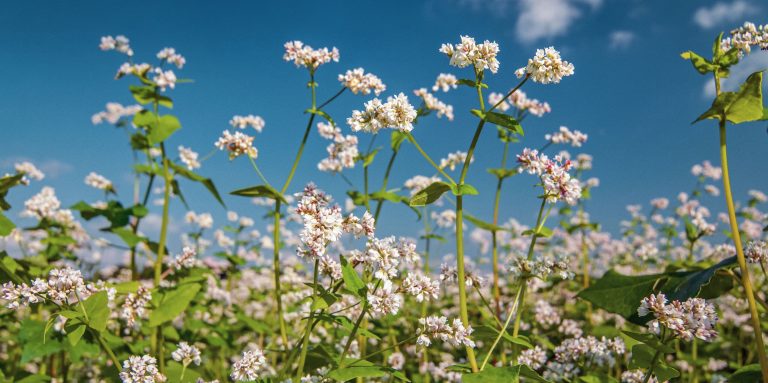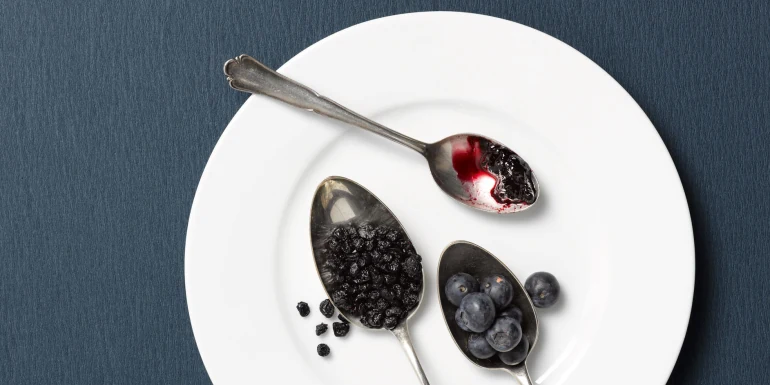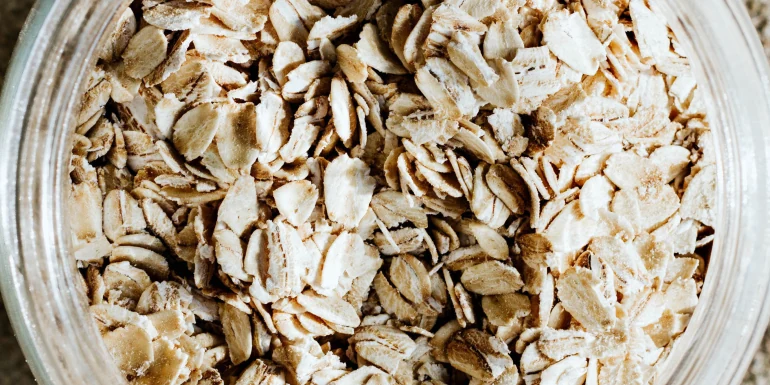
Good for the heart and circulation: buckwheat
There is a herb to cure swollen feet and tired veins: buckwheat. It is no coincidence that the red colour of the stem reminds us of blood circulation. As a medicinal plant it protects the blood vessels and supports the heart.
When, on a warm summer's evening or after we have been standing for a long time, we have swollen ankles, prominent veins on the lower legs or thick fingers, our blood circulatory system is overloaded and too acidified. Doctors call this venous insufficiency: the vein walls are weakened and the valves are damaged, causing blood to thicken and pool in the veins. Because of the excessive pressure in the veins, water from the blood escapes into the surrounding tissue, which causes swelling. The swelling is uncomfortable, and also burdens the heart.
Poisonous when fresh
Buckwheat is an effective remedy for impaired microcirculation. As far back as the 16th century, the scholar Paracelsus made a connection between the red stem of the plant and its effects on blood circulation. And herbalists of old knew that an impaired water balance in the body slows down blood circulation. To speed up circulation, they prescribed plants containing potassium such as buckwheat and ordered patients to drink a lot of water. Herbalists today use buckwheat as a remedy for weak veins and bad circulation. Its active ingredients seal damaged blood vessel walls and prevent water leaking from blood vessels and pooling in the surrounding tissue. It also improves the flexibility of capillary walls. The fresh plant, however, is poisonous, and only dried buckwheat may be used.
Tea, pancakes and noodles
Buckwheat is also a very valuable food source. It is rich in B vitamins, potassium and phosphates. It is also naturally alkaline and gluten-free and thus an ideal food for allergy sufferers with coeliac disease. Buckwheat is what is termed a pseudograin: it is botanically related to sorrel, knotweed and rhubarb and is not a grass such as wheat. It has many different preparations.
For example as a tea: in combination with an alkaline cure (daily diet consisting of 70 percent alkaline and 30 percent acidic food) and lots of water to drink, buckwheat tea noticeably improves the blood circulatory system in just six weeks. As a food it deacidifies the body, allowing it to rid itself of inflammation and pain faster. Or in pancakes, noodles or granola: the seeds are easy to digest and the nutty taste is very pleasant. Buckwheat reduces the symptoms of vascular disease such as high blood pressure or arteriosclerosis as well as rheumatism, arthritis or nerve damage caused by diabetes.
Revival of an ancient grain
Buckwheat gets its name from its triangular seeds, which resemble the much larger seeds of the beech nut from the beech tree. Nomadic people from Mongolia brought buckwheat to Europe around 600 years ago. Because it is easy to cultivate, it was a popular food crop in the Middle Ages. Today, buckwheat has regained its popularity. Two years ago, ETH Zurich and the Coop Sustainability Fund launched a project to reintroduce the cultivation of this ancient grain in our country.



Newsletter
Find out more about current health issues every month and get all the information you need about our attractive offers from all Helsana Group companies * delivered by e-mail to read whenever it suits you. Our newsletter is free of charge and you can sign up here:
We did not receive your information. Please try again later.
* The Helsana Group comprises Helsana Insurance Company Ltd, Helsana Supplementary Insurances Ltd and Helsana Accidents Ltd.